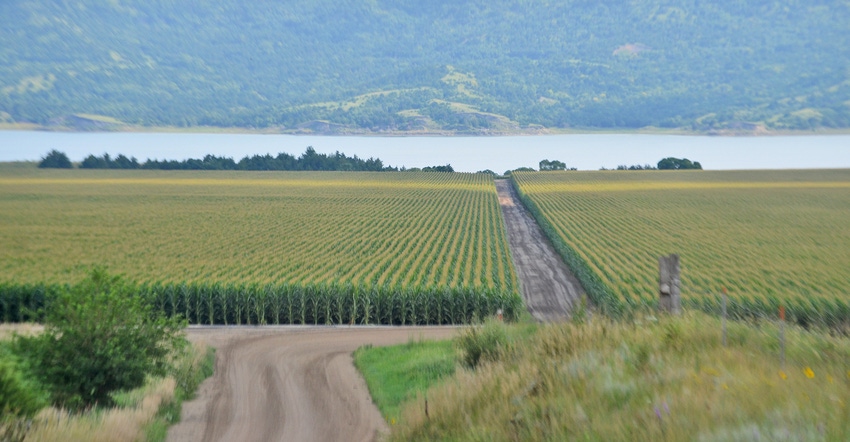February 5, 2018

When Michael Swanson, Wells Fargo ag economist and consultant, spoke at the recent Northwest Farm Managers annual conference in Fargo, N.D., he offered lots of insight on land prices, grain markets and financial management. Here are five:
1. Land is always over-priced, but it is way over-priced in most areas now, Swanson said. Given current land prices and corn prices, it takes 10-12 crops to pay for farmland in many areas. In the 1940s — one of the best eras to buy land — it took as little as two years of corn to pay for land. Four or six crops of corn is more common, Swanson said, and it more reasonable. You can figure out how many years it will take you to pay for land in your area by dividing the price of land by the price per bushel of your major commodity. That will be in the number of bushels it will take to buy the land. Divide the figure by your APH or an average yield and you’ll come up with the number of crops it will take to pay for the land.
2. The payoff ratio for land will come down. It always does. A significant rise in price of grain would do it. However, Swanson doesn’t think that is likely soon. Or the price of land will fall. Why haven’t land prices come down yet? “We don’t know it hasn’t,” Swanson said. “We aren’t seeing enough transaction to know.” A few years ago, 250 parcels changed hands in a region in Minnesota that Swanson tracks. Last year, there were only 90 sales. The real trend in land prices in that area will reveal itself when there are at least 250 sales annually, he said. Swanson said he expects that when land starts coming back on the market, prices could be significantly lower than they have been.
3. “But this land will never be for sale again” is a common reason farmers give for paying a huge premium for land. Don’t do it, Swanson warned. “I’m speaking as your financial doctor … it’s not good for your financial health.” You’d be better off waiting for land that isn’t excessively over-priced, buying irrigation or drain tile or investing off the farm.
4. Grain prices are likely to go sideways for several years. Over the past 125 years, grain prices have jumped to a new plateau every 25-30 years. The last jump occurred in 2004 with the ethanol boom. Reducing your cost of production will be vital to making a profit. Adopting new technology is going to be a big part of the answer. But expanding and farming more acres isn’t always the solution. Someone with 500 acres of corn and an off farm job can be as profitable, or even more profitable, as someone who farms thousands of acres. It’s all about per bushel costs, Swanson said.
5. Knowing your cost of production per acre isn’t good enough now. If you get paid for bushels, know your cost per bushel. If you get paid for pounds, know your cost per pound. If you get paid for hundredweight, know your cost per hundredweight. Know the cost by field, and even parts of fields. It’s the only way to figure out how to best drive down your costs, Swanson said.
You May Also Like




